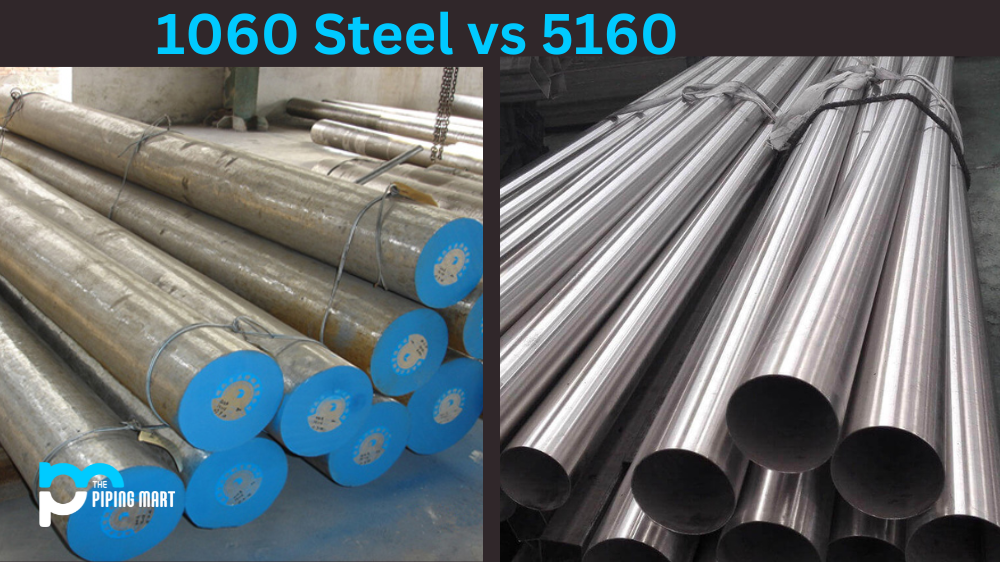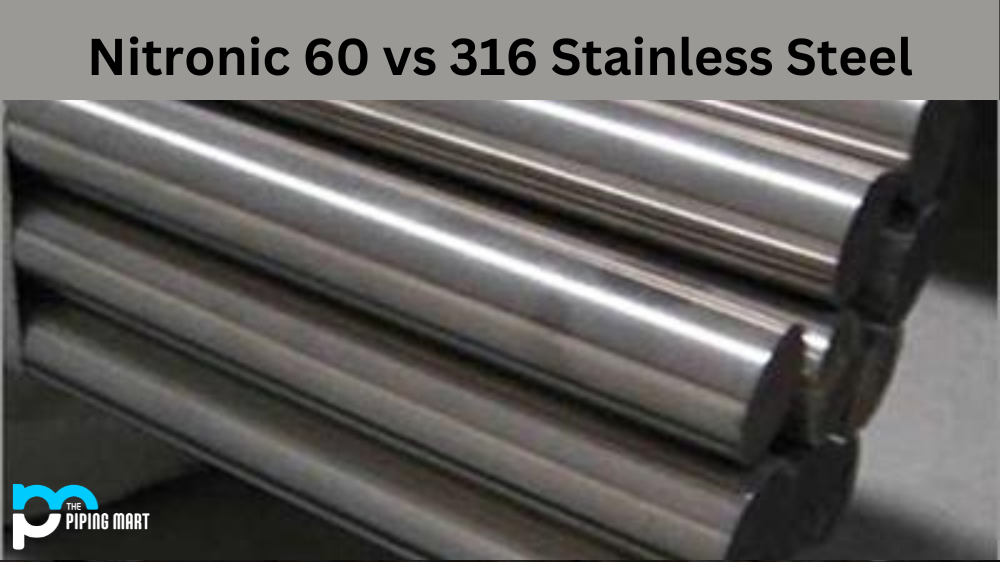If you’re looking for a new kitchen knife or a pocket knife, you’ve probably come across 4CR13 and 5CR15 steel blades. Both options are great for different reasons, but which one comes out on top in the end? In this blog post, we’ll compare 5CR15 and 4CR13 steel to determine which is better for you.
What is 5CR15 Steel?
5CR15 is a Chinese stainless steel grade used for creating kitchen knives and other cutlery. It comprises 0.5 per cent carbon, 15 per cent chromium, and iron. This combination makes it highly resistant to corrosion, very durable, and quite affordable compared to other types of cutlery material. It also holds an edge well, so it’s great for slicing tasks in the kitchen.
What is 4CR13 Steel?
4CR13 steel is a type of martensitic stainless steel that contains four chromium and thirteen carbon atoms per unit. It provides increased strength and hardness to the alloy compared to other grades of stainless steel while maintaining excellent corrosion resistance, weldability, and formability. Many knives are made from this type of steel due to its low cost and durability.
Difference Between 5CR15 and 4CR13 Steel
Composition of 5CR15 and 4CR13 Steel
While both 5CR15 and 4CR13 are stainless steel, their chemical composition differs. 5CR15 has a higher composition of Chromium (14-15%) than 4CR13 (12-14%). Chromium is responsible for making the stainless steel more corrosion-resistant and increasing the blade’s hardness. On the other hand, 4CR13 has a higher composition of Carbon (0.43-0.50%) compared to 5CR15 (0.50-0.60%). Carbon is responsible for increasing the hardness and strength of steel. Therefore, 5CR15 has higher corrosion-resistant properties, while 4CR13 has higher blade hardness.
Edge Retention and Sharpness
One of the essential considerations when selecting a knife is its ability to maintain a sharp edge. In terms of edge retention, 5CR15 is the better option. 5CR15 has a softer composition, making it easier to sharpen and maintain. On the other hand, 4CR13 holds a sharper edge for extended periods, but it is harder to sharpen. Therefore, if you prefer a knife that retains its sharpness for extended periods, 4CR13 is the better choice. But if you want a faster and easier sharpening process, go for 5CR15.
Durability
Durability is a crucial factor to consider when choosing between 5CR15 and 4CR13. Since 5CR15 is less hard than 4CR13, it is less susceptible to chipping or cracking, making it more durable. 4CR13, however, due to its hardness, is more prone to chips and fractures if not handled carefully. Therefore, if you need a more durable knife, then 5CR15 is the way to go.
Price
In terms of price, 4CR13 knives are cheaper compared to 5CR15 knives. This is because 4CR13 is less corrosion-resistant or durable than 5CR15. Therefore, if you have a limited budget, 4CR13 is a great option. But if you want a corrosion-resistant and more durable option, you should spend more for 5CR15.
Maintenance
Proper care and maintenance are key to prolonging the lifespan of your knife. Since 5CR15 is more corrosion-resistant, it requires less maintenance than 4CR13. However, both knives require regular cleaning and sharpening to maintain optimal performance.
Conclusion:
In conclusion, choosing 5CR15 or 4CR13 depends on your specific needs. If you’re looking for a highly corrosion-resistant and durable option, 5CR15 is the better choice. However, if you opt for a cheaper but harder option, 4CR13 can be a suitable choice. Regarding edge retention and maintenance, 5CR15 is easier and faster to sharpen, while 4CR13 holds a sharper edge for longer. But whatever your choice, always remember that proper care and maintenance are crucial to maintaining your knife’s optimal performance.
Rachana is a dedicated and ambitious young woman who has made a name for herself in the metal industry. From her earliest days in the industry, Rachana showed a natural talent for problem-solving and a keen eye for detail. In her free time, She enjoys reading up on the latest advancements in the industry, as well as exploring new ways to innovate and improve upon existing processes.




